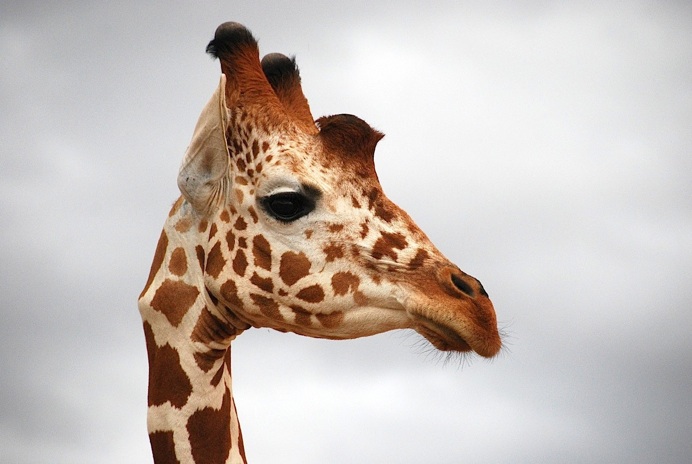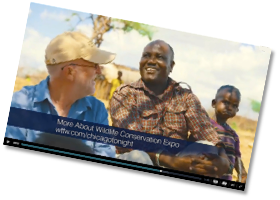Giant survivors
Reticulated giraffes are characteristic of the drylands of the Horn of Africa. With their striking red coats, divided by complex networks (reticulations) of clean white lines, they look quite different to giraffes found elsewhere on the continent. Indeed, recent genetic analyses suggest that they may represent a separate species. Like the others, reticulated giraffes arose from an ancestral form in a great radiation that began in East Africa more than a million years ago. Over the past century, however, their numbers have been reduced so much that they are now considered at risk of extinction. As recently as the turn of the millennium, some 38,000 remained: today, they are thought to number fewer than 25% of that and almost all are restricted to the north-east of Kenya.
Causes of decline
The northern rangelands are subject to frequent and prolonged periods of drought. The human population is growing, swollen by refugees from recent conflicts in Somalia and South Sudan. Most of the people are nomadic pastoralists, dependent on their cattle, camels, sheep and goats, and subject to poverty, hunger and sometimes starvation. Automatic weapons have become widespread during the past 25 years and the authorities are hard pressed to provide effective administration over such vast and remote areas. This combination of insecurity and deprivation has serious implications for wildlife and, in particular, for reticulated giraffes, which are hunted preferentially when people are forced to adopt coping strategies in the face of threats to their own survival.
A shared endeavour
The Reticulated Giraffe Project is working to arrest and reverse the current population decline. It does so by coordinating the efforts of a growing network of contributors, who in different ways provide information, experience, effort and expertise. All are motivated by a shared desire to protect reticulated giraffes and to prevent their being known to future generations only through photographs and film. This common purpose unites villagers in the troubled border regions to the east, camel herders in the northern desert, children in the slums of Nairobi and tribal elders who remember the days when giraffes were still abundant. The wider network includes people and partners from all over the world and it could include you. Please read on to find out more.






















